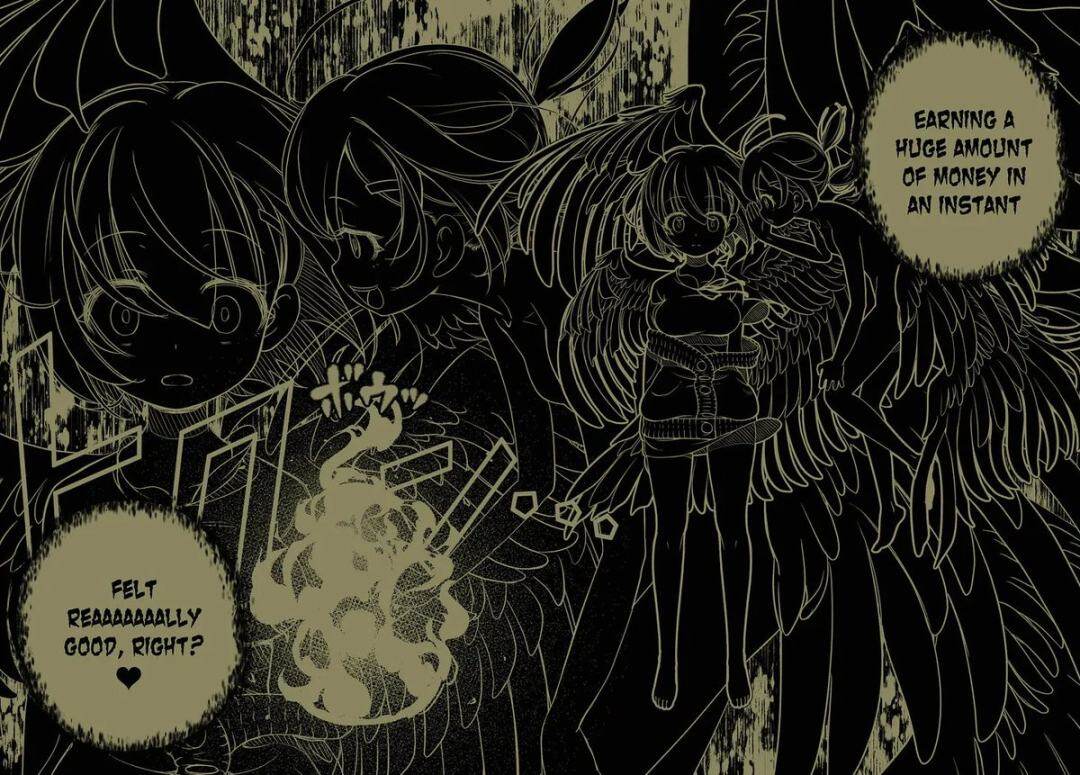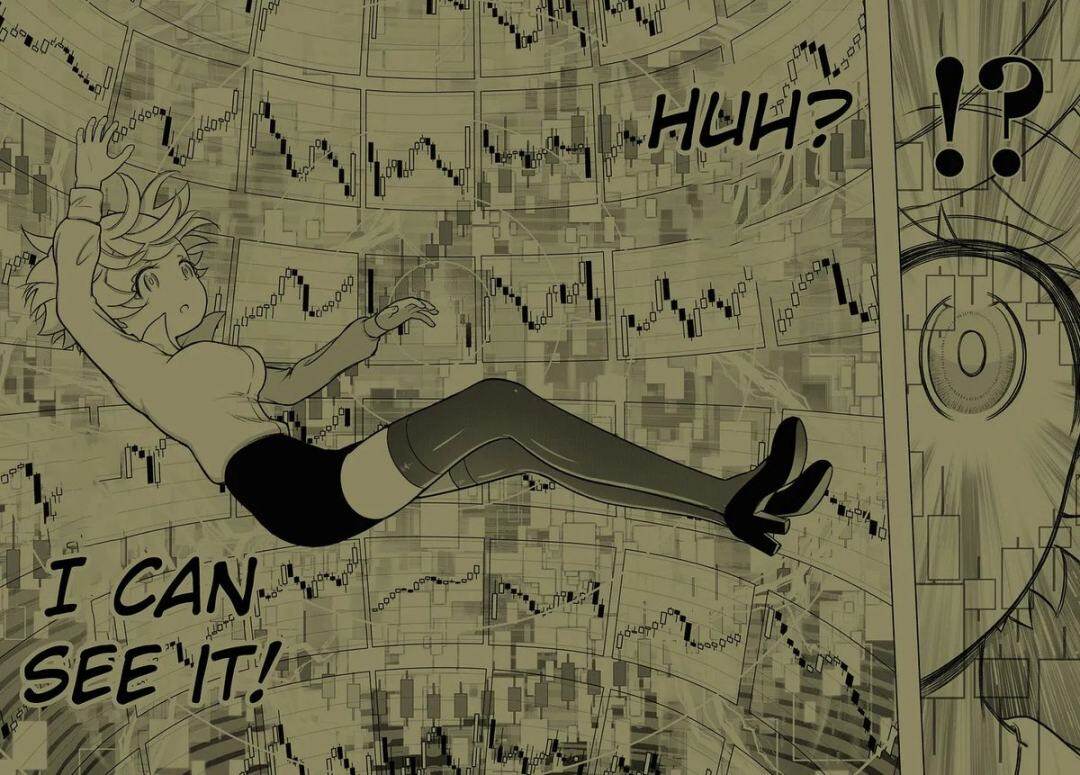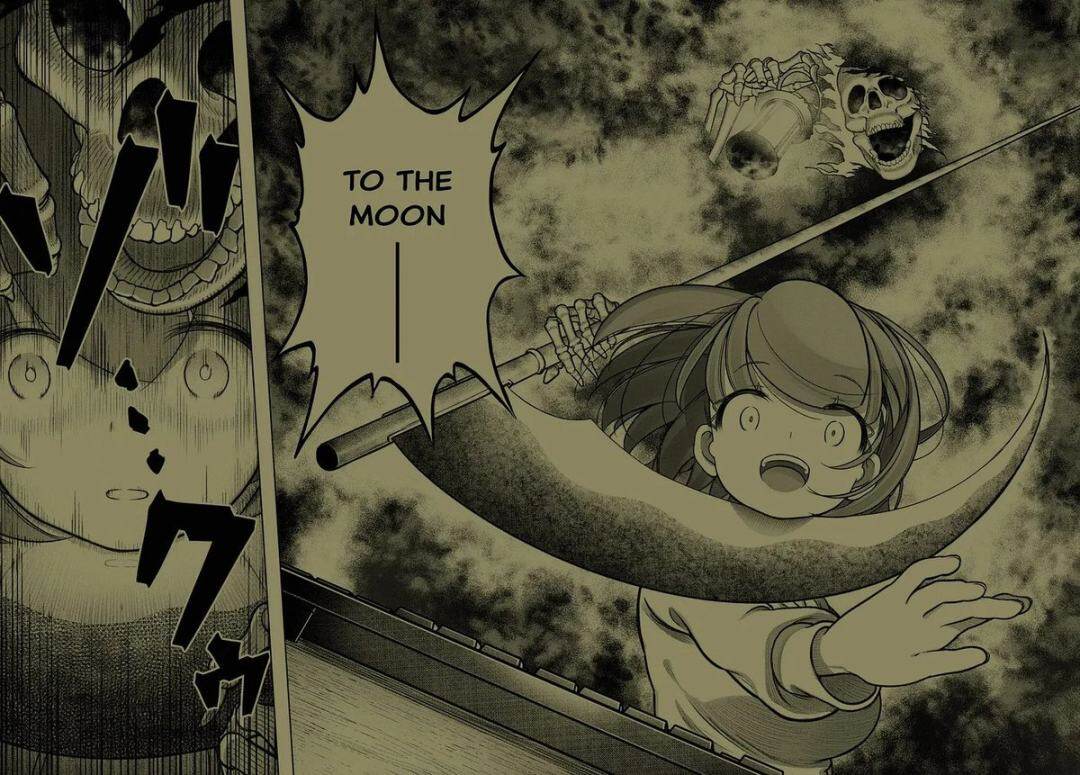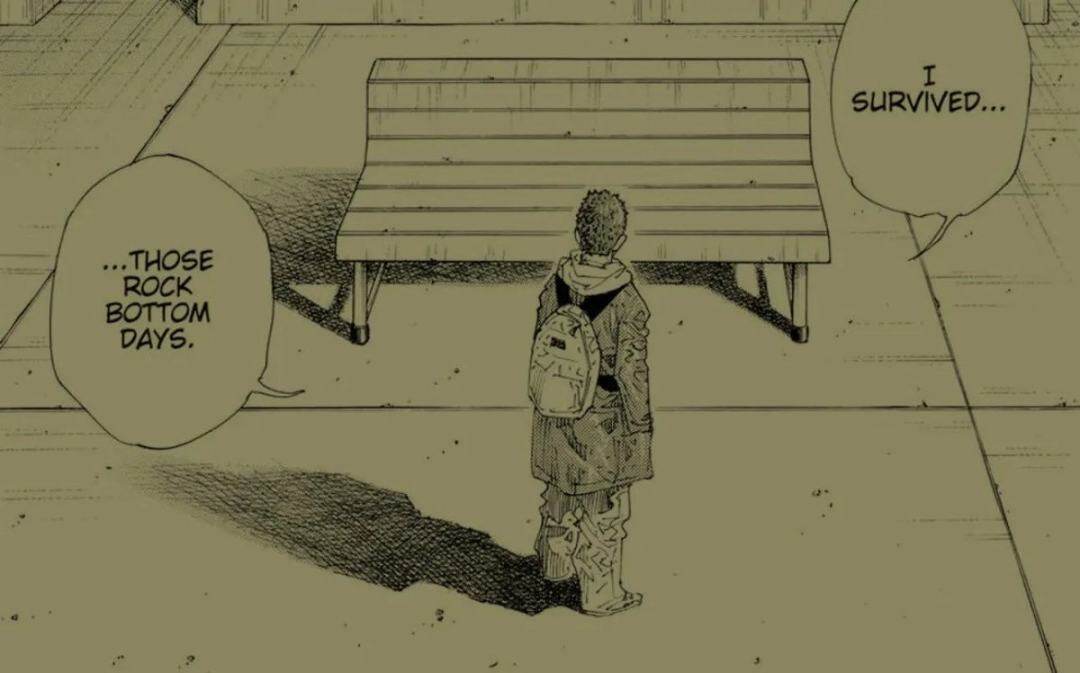I traded perpetual contracts for a month, going from fantasizing about getting rich quick to waking up to reality.
- 核心观点:永续合约交易本质是高杠杆赌博。
- 关键要素:
- 新手运气获利后遭遇单日亏损33%。
- 依赖清算警报机器人形成赌博式策略。
- 市场崩盘日见证大规模清算风险。
- 市场影响:警示散户慎用高杠杆工具。
- 时效性标注:长期影响
Original author: Rhys
Original translation by Luffy, Foresight News
As the title suggests, I experimented with perpetual contract trading for a month. As someone who has been involved with cryptocurrencies for five years but had never touched perpetual contracts before, I wanted to share this experience in this article.
I hope that both novice traders and seasoned veterans can gain some fresh perspectives from my story. You might laugh at my recklessness, feel embarrassed by my actions, or perhaps empathize with some of my experiences.
Why did it start?
To be honest, it was partly out of boredom and partly out of a desire to follow the current trend.
Like many others, I also wanted to jump on the "decentralized perpetual contract exchange bandwagon," which simply means accumulating points by trading on specific platforms. Initially, there were four main platforms to choose from: Hyperliquid, Lighter, Aster, and Apex.
Looking back now, I might have chosen Lighter, since it hasn't issued its own token yet and its points program is still ongoing. But I ultimately chose Hyperliquid because it seemed like the safest option.
Lucky start
My initial trades focused on the XPL token, and I only went long. This quickly became my standard trading pattern.
My first trade doubled my account instantly. For those five minutes, I truly felt like a genius, even though it was pure luck. I opened a long position with the highest leverage, went to sleep without setting a stop loss, and woke up to a doubled account. It was probably just beginner's luck, or perhaps just a foolish move that happened to work by chance.
After that, I continued trading XPL in the same way: looking at 5-minute candlestick charts, short-term trading, full leverage, and no stop-loss orders. I don't recommend this approach; it's the fastest way to lose all your money.
But my luck as a newbie continued, and my account kept growing.
As a side note, in the online communities I frequent, my nickname is "Caroline Ellison Arc"—a tribute to her famous quote, roughly meaning "I don't think stop-loss is a good risk management tool." Looking back, using her as a role model for trading strategies was probably not a wise move.

I've found my "winning formula"
The next key turning point was when I discovered the Hyperliquid liquidation alert bot on Telegram. At the time, I didn't realize that this bot essentially defined my entire "trading strategy."
Since then, my Telegram has become a mix of news bots and liquidation alerts. I naively thought that knowing why liquidations were happening would make trading smarter (spoiler alert: it didn't work at all).
My strategy is simple: if the robot keeps popping up a bunch of alerts, I open the candlestick chart and frantically open long positions.
Surprisingly, this tactic actually works. Most of the time, I profit as soon as I enter a trade; if I don't, I quickly cut my losses and wait for the next warning. It's not exactly a smart trading method, but it's addictive enough for me.

The allure of position size
Later, I started trading tokens other than XPL, mainly because Hyperliquid offered ridiculously high leverage on mainstream cryptocurrencies. I realized that, theoretically, I could open positions worth millions of dollars. Tempting, right?
It is indeed very tempting.
But I also knew how quickly those numbers could destroy me. After a few tries, I realized my position size was growing far too fast. Reducing my position size was the wisest decision I made that week.
A terrible day
Then, I experienced my first real loss.
By then I was addicted: I would look at candlestick charts as soon as I woke up, desperately looking for non-existent trading opportunities, chasing every candlestick as if they owed me money.
As you can imagine, I lost a third of my account in a single day.
That feeling was awful. I closed all my positions, cancelled all pending orders, and decided to stop trading for the time being. Although the account was still profitable overall, the excitement of making money had vanished. I realized that I wasn't trading at all; I was gambling.

October 10th: A wake-up call
Guess when I lost money this time? That's right, it was on October 10th—the day the entire market crashed.
But I didn't lose money during the crash; I had already stumbled earlier that day.
That night, my liquidation bot suddenly started popping up alerts like crazy, so many that I thought someone was spamming me on Telegram. The alerts just wouldn't stop, hundreds, even thousands of them, sounding like a machine gun firing.
Then suddenly it went silent—Telegram automatically deleted the bot because it had too much spam.
By then, I had reopened the candlestick chart and used all the remaining funds to open long positions. Somehow, I caught a few perfect entry points and actually made back the third of the funds I had previously lost.
That day was utter chaos, a complete massacre. Some of the best traders were wiped out. It was the loudest wake-up call I'd ever heard since I started trading perpetual contracts, reminding me that the market doesn't care who you are; it will eventually devour everyone.
Thoughts after 10/10
After that, I significantly slowed down my trading pace. Perhaps it was because I was frightened, or perhaps it was because I was relieved that I hadn't lost everything.
To be honest, I'm already very satisfied that I was able to earn back the third of my lost account funds and still be alive to share this experience. Without the Telegram bot, I feel like a novice who has lost their training wheels.
I started using strict stop-loss orders and also tried time-weighted average price orders.
So, what exactly did I learn?
This past month has helped me define my trading style: I am a short-term trader. The chaos of October 10th, and the constant reminder to "make money and run," have shaped who I am today.
Jim Talbot's video clip about "taking profits" still plays in my mind repeatedly, so many times that I'm reluctant to admit it.
I no longer actively seek out trading opportunities. Now I might only trade once every few days, or even once a week.

Final words
If I had to give everyone a piece of advice, it would be this: find a group of people who do the same things as you, preferably people who are smarter than you. People who are genuinely trading, not just posting charts for attention; people who will criticize you when you act recklessly, and remind you to take profits when you're blinded by greed.
Having such people around makes it easier to get through quiet trading days and intensifies the joy of making money. Being with knowledgeable people helps you stay clear-headed. Trading alone can easily lead to a narrow perspective, causing you to start searching for non-existent trading opportunities.
My account was indeed profitable, but that's not the point. The real victory was not losing all my money. I learned when to stop, when to reduce my positions, and when to turn off the charts before the market dragged me down.
I'm still persevering, still learning, still clicking the "buy" button, and still sharing my story here.



